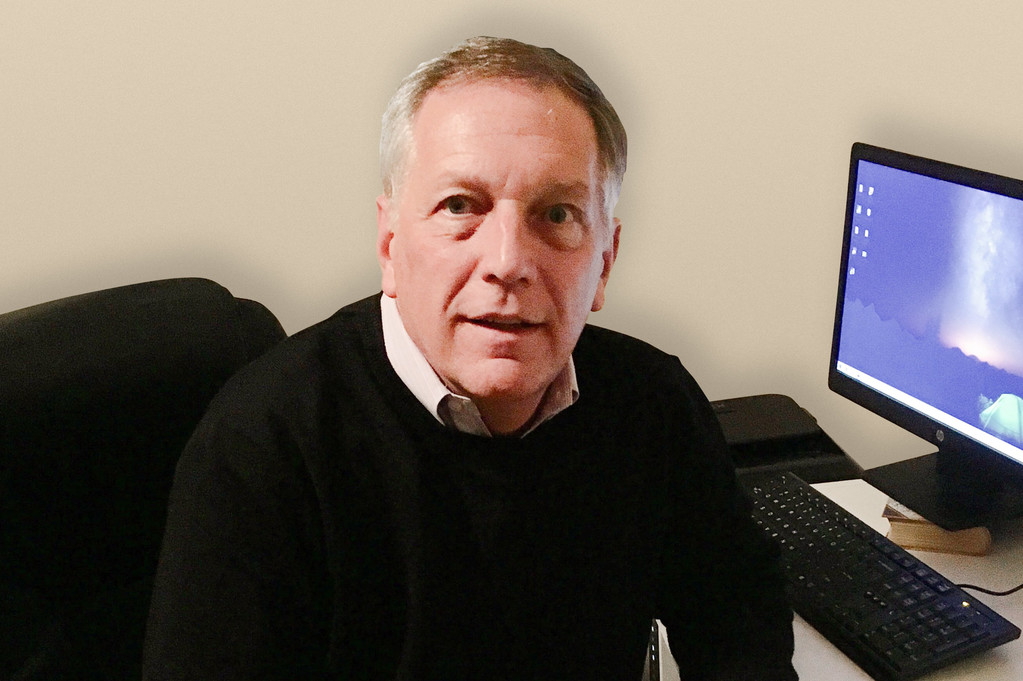
How Life Can be Lived With Hope, Even in Trying Times
While his hope in life has been severely tested, Jim Doyle says he has chosen to redirect his energy to what is possible, instead of impossible.
Jim Doyle, husband, father of five sons—including two sets of twins!—and author of “Hope for Life: Being Your Best Self When You Need It Most,” reflects on ways in which life can be lived with hope, even during trying times, and how CaringBridge users can remain open to grace.
Jim Doyle writes that “hope” is an outcome of courage and resilience.
In “Hope for Life,” you write that you have experienced many blessings, as well as the unspeakable tragedy of losing a child. As you reflect on your personal healing journey, how did hope first begin to emerge from your excruciating pain?
My son who died was a twin, and it was his brother, older by 1 minute, who first began to lift our family from the depths of despair. The surviving twin’s heart was broken, too, but he challenged us to focus on all the good his brother had done in life … the many blessings.
This has not made our pain and profound sense of loss go away, but with faith, we have made a choice to reclaim hope over sorrow. Every day, I try to live life as best as I can. Some days are better than others.
That is how I define healing.
In each chapter, you share a “Hopeful Secret.” Chapter 10 is about giving and receiving grace. What does grace look like to you, and what role can it play during a health journey?
For “Star Wars” fans, “grace” might look like The Force. You don’t see it, but it is there. And it is powerful. For CaringBridge users, grace might mean trusting in God, or your higher power, without trying to engineer a desired outcome.
With a mindset of grace, it is possible to respond with dignity to things that are completely out of our control. And in a health crisis, sometimes the only thing we can control is how we respond. I think the more we are open to grace, the more it can enter our lives.
It is not a cure, but it is a comfort.
You write that even in the most difficult circumstances, when people feel they have no control over life, freedom of choice remains. What does that mean to patients and caregivers?
In researching “Hope for Life,” I met so many people working to accept life’s challenges with a “can-do” spirit. While they were unable to change their diagnosis or circumstances, no one could take away their freedom of choice.
Patients and caregivers who choose hope over hopelessness can believe their best selves are ahead of them. This can apply even when a health outcome is uncertain.
When things go well, we can give thanks, demonstrate gratitude and keep going. But it is when things don’t go well that freedom of choice comes into play even more.
This is the time when we can be lifted up by those who love us, and we can ask for grace to help us keep going.
Start a CaringBridge Website
Are you or a loved one caring for someone on a health journey? If so, start a CaringBridge website, where you can share updates and receive encouragement and support from your family and friends.